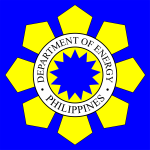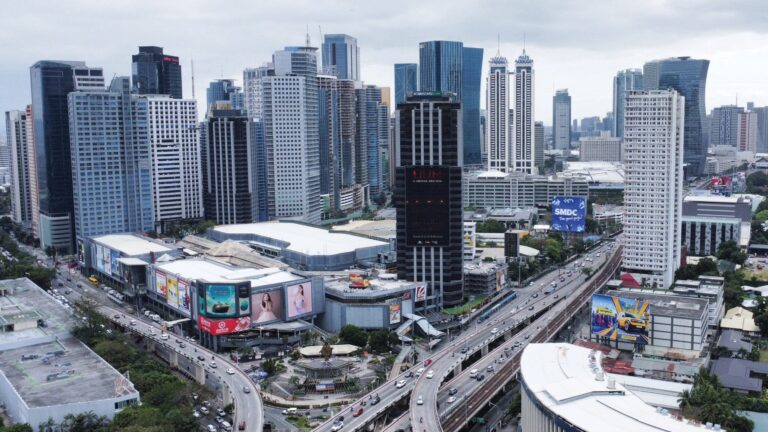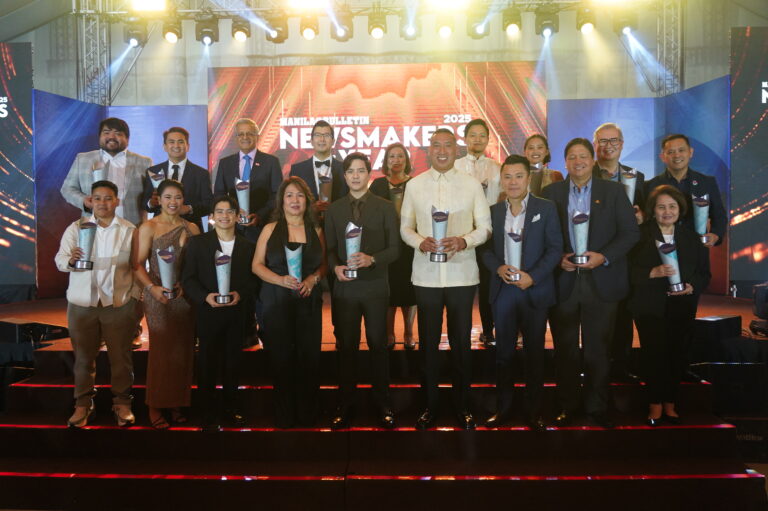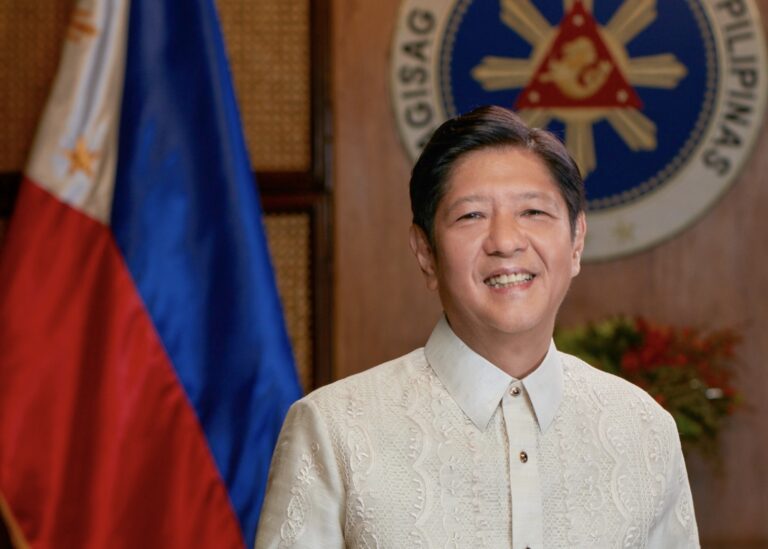For decades, the Philippines grappled with a debilitating infrastructure deficit. Crumbling roads, overcrowded public transport, and an unreliable energy supply hampered economic growth and diminished the quality of life for millions. But a dramatic shift is underway. Driven by a renewed commitment to modernization and sustainability, the nation is undergoing an infrastructure renaissance.The Philippines’ infrastructure woes …
For decades, the Philippines grappled with a debilitating infrastructure deficit. Crumbling roads, overcrowded public transport, and an unreliable energy supply hampered economic growth and diminished the quality of life for millions.
But a dramatic shift is underway. Driven by a renewed commitment to modernization and sustainability, the nation is undergoing an infrastructure renaissance.
The Philippines’ infrastructure woes were deeply entrenched. Traffic congestion in Metro Manila, once dubbed the “world’s worst,” cost the economy billions annually while inadequate infrastructure in rural areas hindered development and perpetuated regional disparities.
‘Build, Build, Build’
Pre-2016 government initiatives were often plagued by inefficiency and a lack of cohesive planning, leaving the public frustrated and the nation lagging behind its regional peers.
In 2016, the “Build, Build, Build” program signaled a paradigm shift. This ambitious initiative, championed by the then-Duterte administration, injected much-needed investment into the country’s infrastructure, prioritizing roads, bridges, and public transport.
By investing in infrastructure, the Philippines is not just building roads and bridges, it is building a nation.
Flagship projects like the New Manila International Airport, envisioned as the country’s largest, and the LRT-1 Cavite Extension, aimed at easing Metro Manila’s notorious traffic, captured the public imagination.
Crucially, the government recognized the importance of public-private partnerships (PPPs) in accelerating project implementation and leveraging private sector expertise. This approach proved instrumental in driving progress and ensuring that the benefits of improved infrastructure reached citizens more quickly.
‘Build Better More’
Today, under President Ferdinand Marcos Jr., the infrastructure drive continues with a renewed focus on sustainability and inclusivity.
“Build Better More” builds on the foundation laid by its predecessor, but with a sharpened emphasis on green technologies, climate resilience, and addressing regional imbalances.
The Department of Energy (DOE) is spearheading the push toward a sustainable energy future. President Marcos has championed the increased use of renewable energy sources, including hydropower, geothermal, solar, and wind. This commitment is not only vital for mitigating climate change but also for ensuring the nation’s long-term energy security.
The DOE is actively encouraging private sector participation through PPPs to accelerate the transition to clean energy.
On the other hand, the Department of Public Works and Highways (DPWH) is focused on expanding and modernizing the country’s road and bridge network.
DPWH Secretary Manuel Bonoan said it is essential to improve connectivity between major thoroughfares and implementing a Master Plan for High Standard Highway Network Development.
The ambitious Inter-Island Linkage or Mega Bridge Program aims to bridge the gaps between the Philippines’ many islands, fostering economic integration and unlocking the potential of less developed regions.
Meanwhile, the Department of Transportation (DOTr) is overseeing a major overhaul of the country’s transportation systems. The New Manila International Airport, with a projected capacity of 100 million passengers annually, is poised to become a major regional hub. Expansions of Clark International Airport and Caticlan Airport are also underway, catering to both domestic and international travelers.
In Metro Manila, the Metro Manila Subway Project and the North-South Commuter Railway are set to revolutionize urban mobility, providing efficient and comfortable alternatives to congested roads. The LRT-1 Cavite Extension is already easing commutes for hundreds of thousands of passengers daily.
PPPs: Engines of growth
The government continues to view PPPs as crucial for driving infrastructure development. President Marcos has emphasized their role in fostering innovation and attracting foreign investment.
The PPP Center has a robust pipeline of projects spanning various sectors, including transportation, digital connectivity, and waste management. This strategic focus on PPPs not only addresses immediate infrastructure needs but also lays the groundwork for sustained economic growth and resilience.
The Philippines’ infrastructure transformation is a testament to the nation’s resilience and its commitment to progress.
“Build Better More” represents a bold vision for a future where all Filipinos have access to quality infrastructure, where economic opportunities are abundant, and where sustainable development is prioritized.
By investing in infrastructure, the Philippines is not just building roads and bridges, it is building a nation.
It is creating a more connected, prosperous, and sustainable future for generations to come. The journey from “then” to “now” is a story of determination, innovation, and the unwavering spirit of a nation striving for excellence.






